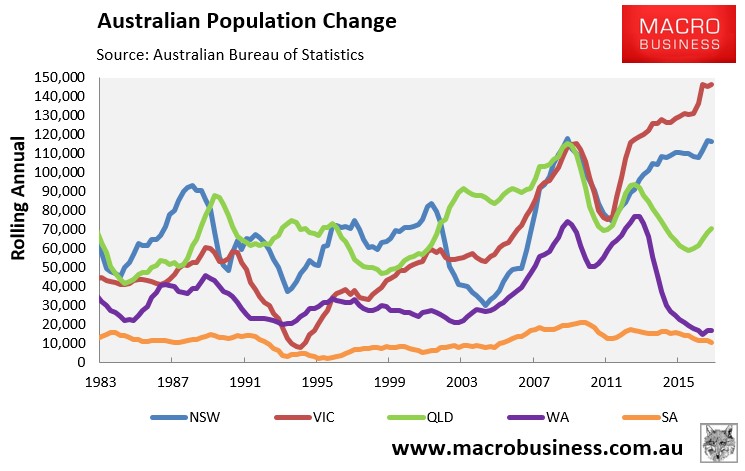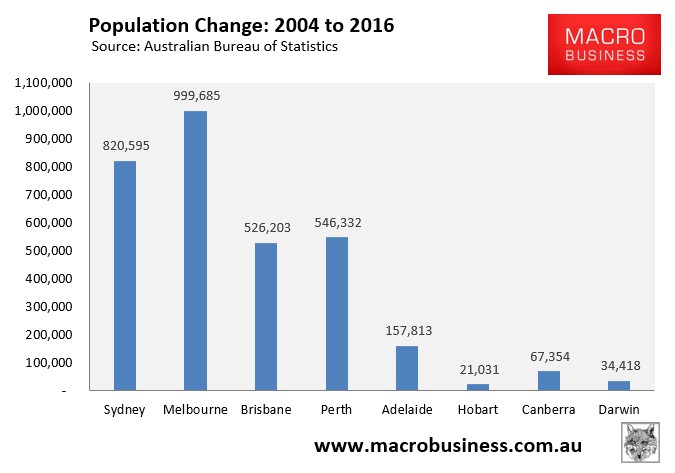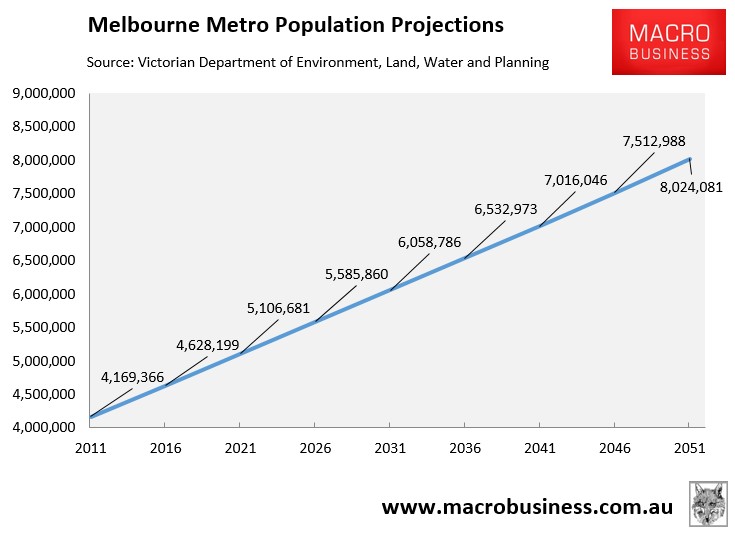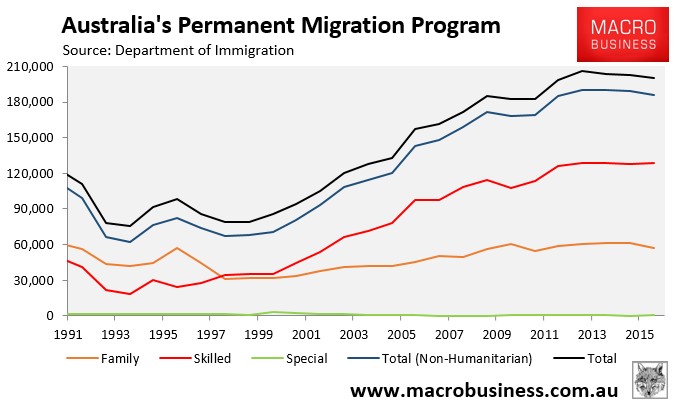Infrastructure Victoria CEO, Michel Masson, on Friday called on the state to take its time when deciding large infrastructure projects, while also arguing that it is often better to improve existing assets than to build expensive new ones. From The AFR:
Australia should abandon its “childish” attitude of wanting new infrastructure built immediately and focus on trying to improve the roads and schools it already has, says Infrastructure Victoria chief executive Michel Masson.
“There is a lot that can be done in making the most of the existing assets that we have for a fraction of the price that it would take to go for cutting the ribbons and the multibillion dollar ticket items,” Mr Masson told The Australian Financial Review.
Removing clearways on roads can help ease congestion, while allowing school theatres and ovals to be shared with the broader community reduced the need for new arts and sporting facilities…
“We’re not in a hurry to jump on a solution, let’s do the hard work – let’s look at the evidence and really define as a community what we think is best for Melbourne right now and for future generations.”
While I agree in principle with Masson’s assessment, Victoria does not have the benefit of time to carefully assess the state’s infrastructure needs and solutions.
Victoria’s population surged by an Australian record 146,628 people in the 2016 calendar year, representing a population growth rate of 2.40%:

And Melbourne’s population has increased by a whopping one million people (27%) in just 12 years – easily outpacing infrastructure provision:

Moreover, Melbourne’s population is projected to expand by an insane 97,000 people per year (1,865 people per week) for the next 35 years, adding 3.4 million people (+73%) to the city’s population by 2051 – equivalent to 2.5 Adelaide’s:

The fact remains that the state will have to frantically add new infrastructure to keep pace with the population influx, or else risk ever-worsening bottlenecks and the ongoing destruction of living standards.
A case in point is Melbourne’s water storages, which are projected to dry-up as the combination of climate change meets the above insane population growth. From The Age:
Melbourne could begin to experience chronic water shortages within about a decade, even if the desalination plant is cranked up to its full capacity, as climate change and population growth rapidly deplete the city’s dams.
Demand for water could begin to exceed supply by 2028, triggering tough water restrictions and a costly 25 per cent boost to the capacity of the desalination plant, under a worst-case scenario modelled by Melbourne’s water corporations.
This scenario suggests the city must take major steps in the next few years to guard Melbourne’s water storages from reaching dangerously low levels that could put it on a permanent drought footing.
Demand for water in and around Melbourne could grow by about 75 per cent in the next 40 years, while flows into the state’s catchments could decrease by more than 40 per cent, according to projections published this month by City West Water, Yarra Valley Water and South East Water…
Clearly, the best and most cost effective way to relieve pressure on Melbourne’s water supplies and urban infrastructure is for the Victorian Government to lobby its federal counterparts to slash Australia’s mass immigration program back to sensible levels:

Because under the current mass immigration settings, expensive solutions like building more desalination plants will be required over and over again as rapid population growth continually outstrips supply.

